Introduction to Halva Production Lines
Halva, a dense, sweet confection, is enjoyed across various cultures worldwide. A halva production line is a specialized assembly of equipment designed to automate the process of making halva. This introduction explores the intricacies of these production lines, their components, and the operational principles that underpin their functionality.
Components and Machinery
The core of a halva production line consists of several key components. These include a sugar syrup mixer, a sesame paste mixer, a halva kneader, and a cooling system. Each component plays a vital role in ensuring the consistency and quality of the final product. The mixers blend the primary ingredients to a precise consistency, while the kneader refines the texture of the halva. The cooling system is crucial for setting the confection at the correct temperature to maintain its shape and texture.
Types of Halva Production
There are various types of halva, each requiring a specific production process. The machinery can be adjusted to accommodate the production of sesame halva, flour halva, or nut-based varieties. The versatility of the production line allows for the creation of multiple flavors and textures, catering to diverse consumer preferences.
Operational Efficiency
Efficiency is paramount in a halva manufacturing process. The automated nature of the production line minimizes manual labor and enhances production speed. This automation ensures a consistent output, which is crucial for meeting the demands of wholesale distribution. Additionally, the equipment is designed to optimize the use of ingredients, reducing waste and maximizing yield.
Quality and Consistency
A halva making machine is engineered to ensure that each batch of halva is uniform in quality. Precision controls manage the temperature and mixing speeds, which are critical factors in the texture and flavor of the halva. Consistency in production not only satisfies consumer expectations but also adheres to food safety standards.
Material and Design Advantages
The construction materials of a halva processing line are chosen for durability and food safety. Stainless steel is commonly used for its resistance to corrosion and ease of cleaning. The design of the machinery often includes quick disassembly features for thorough sanitation, an essential aspect of food production equipment.

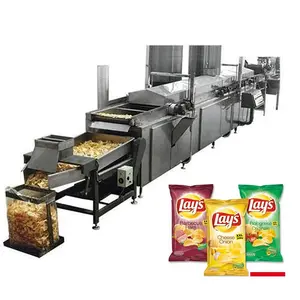

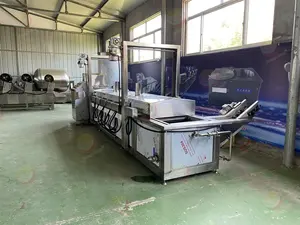






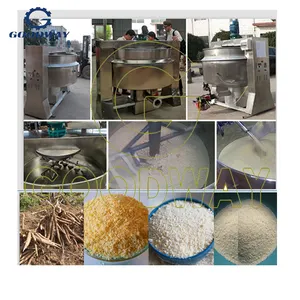

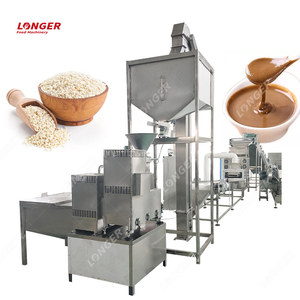
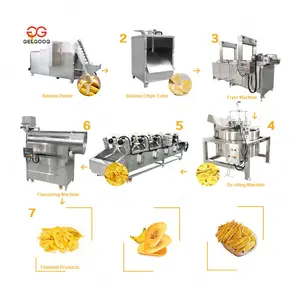

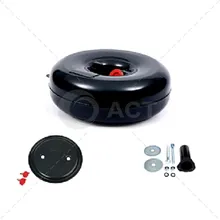
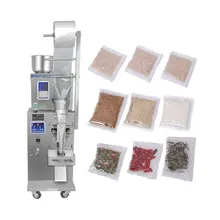
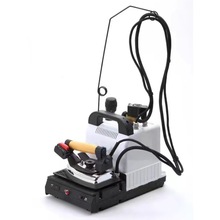
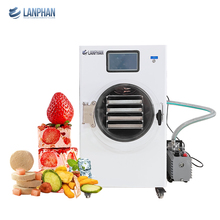

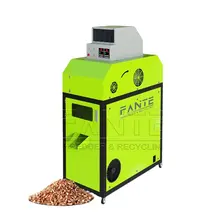

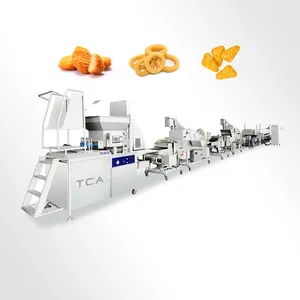
























 浙公网安备 33010002000092号
浙公网安备 33010002000092号 浙B2-20120091-4
浙B2-20120091-4